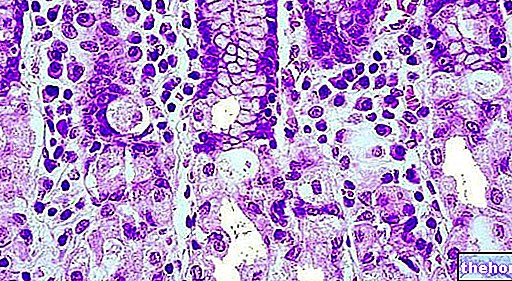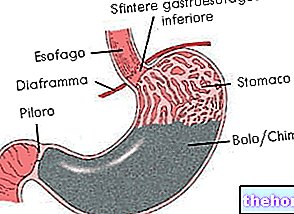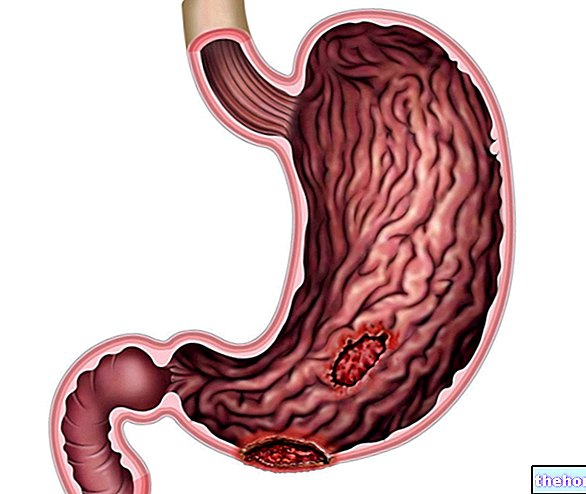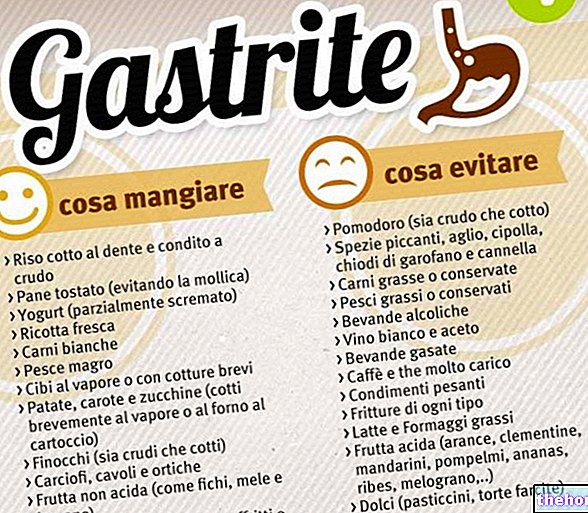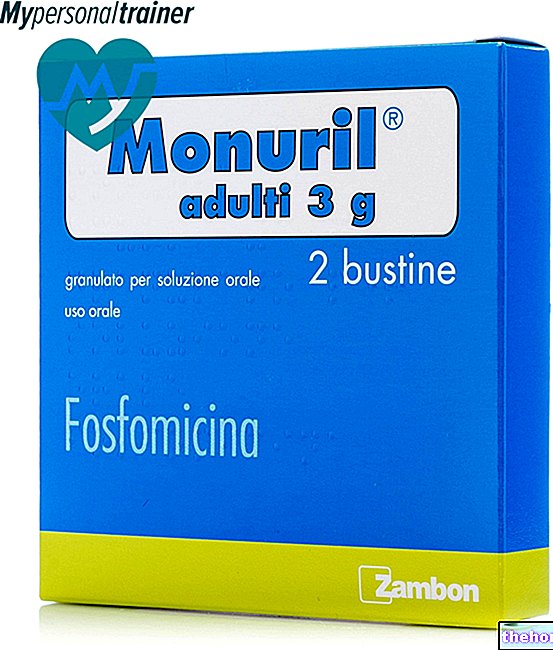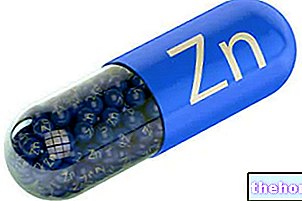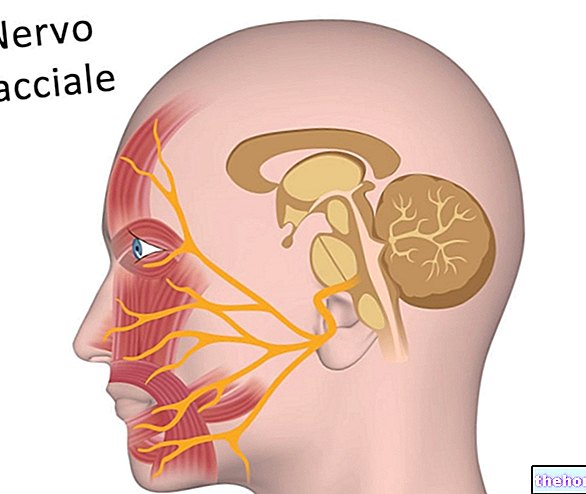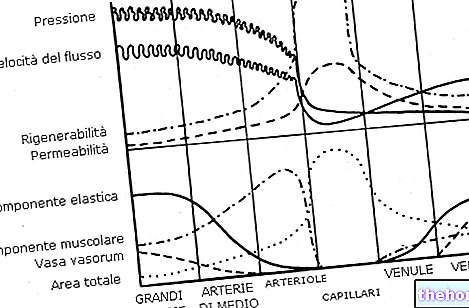. In the diaphragm there are various openings that allow the passage to vessels, nerves and other structures, which from the thoracic cavity lead to the abdominal cavity and vice versa. One of these openings, called the esophageal hiatus, allows the passage of the esophagus.

In the sliding hernia, the part of the stomach that goes up into the thorax is that of passage between the esophagus and the stomach; this border region is called the gastroesophageal junction or cardia. Once the cardia rises upwards, being no longer compressed by the hiatus and undergoing a misalignment with respect to its natural position, it loses its function. Consequently, the cardia is no longer able to effectively prevent the ascent of the acid content of the stomach into the esophagus, resulting in gastroesophageal reflux, a typical disorder of the disease.


